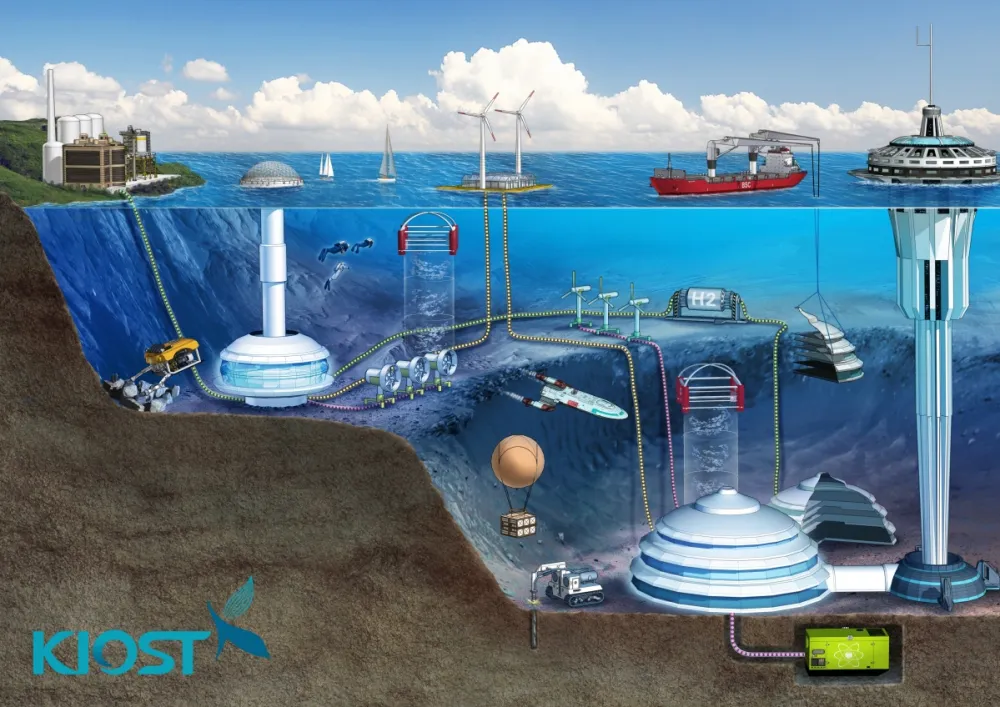South Korea plans to build an underwater city off the coast of the city of Ulsan
In a national development plan of South Korea, an underwater city will be built to accommodate buildings such as data centers, and it will also invest in an information and communication infrastructure research and development project to lay out the possibility of underwater life development.

This national development project is located in Ulsan City, South Korea, and is being developed by the Korea Ocean and Fisheries Administration under the Submarine Space Creation and Utilization Technology Development Competition Project.
In the plan, a technology that can provide 5 people’s habitation at a depth of 50 meters underwater will be developed, including technical research on construction, operation, and life, and through the design and construction of underwater platforms, submarine research institutions, data centers, and buildings including residences, restaurants or leisure facilities, as well as medical facilities necessary for life and energy and communication technologies that can operate in the submarine environment.
In the initial stage of the project, a demonstration modular space that can accommodate three people for one month will be built 30 meters below the water in Ulsan City. The reason for choosing the offshore area of Ulsan City is that the seawater turbidity, tide, and water temperature conditions here are suitable for the needs of the planned experiment.
In addition to the plan for ocean observation, as well as monitoring and predicting natural disasters such as earthquakes and tsunamis, the project will also be used to explore suitable sites for the development of the submarine tourism industry and is expected to complete operational acceptance within the next five years.





